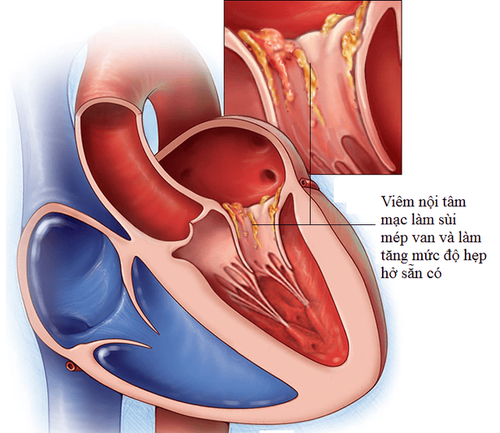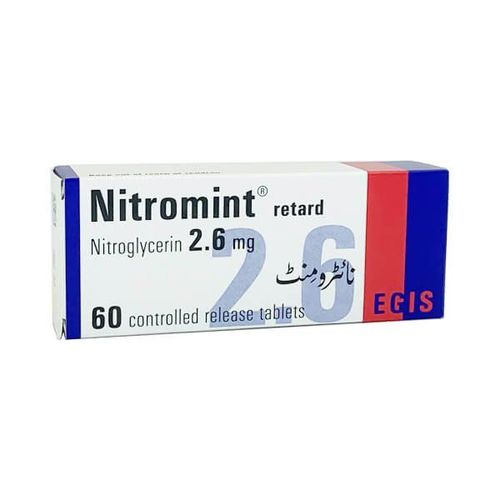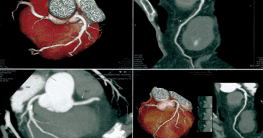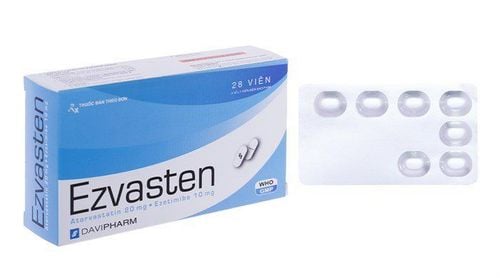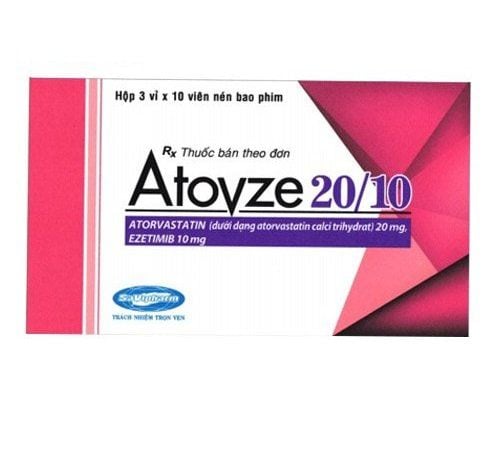This is an automatically translated article.
The article is professionally consulted by Master, Doctor Do Xuan Chien - Head of Department of Medical Examination & Internal Medicine - Vinmec Ha Long International Hospital.Coronary arteries are small blood vessels that supply blood to the heart. Calcification in the coronary arteries is an early sign of coronary artery disease.
1. The phenomenon of coronary calcification
Coronary calcium deposition is part of the development of atherosclerotic lesions, occurring only in atherosclerotic arteries and not in normal arterial walls. Calcium occurs in small amounts in early atherosclerotic lesions (forming in the 2nd - 3rd decade of life) and is found more frequently with advanced age.

Coronary artery calcification is almost always present in patients with coronary artery disease and is strongly related to age (frequency increases markedly after age 50 in men and after age 60 in women).
Coronary calcification is also understood as atherosclerosis or hardening of the artery wall, caused mainly by the deposition of cholesterol and the aging process, which reduces the elasticity of blood vessels over time. , age.
2. Risk factors for coronary atherosclerosis
Group of modifiable risk factors: Smoking, hypertension, obesity, sedentary lifestyle, habit of consuming a lot of fat and alcohol... Group of potentially modifiable risk factors: Increased lipid/cholesterol /triglyceridemia, decreased high-density lipoprotein (HDL), hyperglycemia, stress... Unmodifiable risk factors group: Age over 30, hormonal changes at menopause, family history of diabetes people with early atherosclerosis.
3. Diagnosis of calcified coronary artery disease
Coronary artery calcification can be seen on chest X-ray, but the degree of calcification cannot be quantified with this method. The introduction of electron beam computed tomography (EBCT) in the mid-1980s marked a turning point in coronary artery calcification.
EBCT allows objective quantification of the degree of calcification of the coronary artery system. In the late 1990s, multidetector computed tomography (MDCT) was applied to quantify calcifications.
Both EBCT and MDCT use thin CT slices and fast imaging speeds to reduce signal noise caused by movement. The number of slices made is usually 30-40. Current CT machines can perform slices of 1.5 mm (EBCT), even < 1 mm (MDCT). However, the American Heart Association recommends a thickness of 2.5 to 3 mm for reconstruction to minimize patient exposure. Survey time is about 10-15 minutes, of which scanning time is only a few tens of seconds.
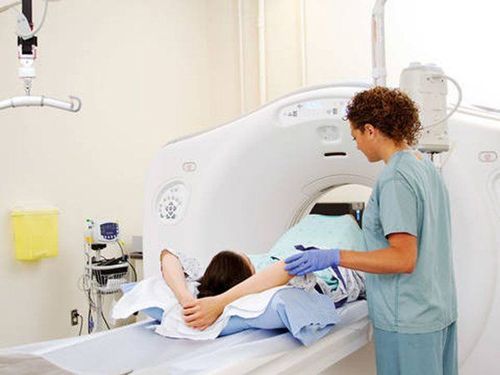
4. How to limit coronary artery calcification?
The best method to limit calcification is still to change lifestyle, reduce eating cholesterol-rich foods such as: fat, animal viscera, shrimp, egg yolk..., increase green vegetables, fiber .
Have a reasonable diet, exercise, fight stress, control blood pressure, don't smoke, don't drink alcohol... Regular exercise and sports such as walking properly suitable for health Health will be very good for the cardiovascular system, reducing the risk of stroke. However, it should be noted that doing too much exercise does not reduce the amount of plaque, even if the exercise is not suitable, it can lead to a heart attack.
Besides, we can completely add organic calcium sources from foods such as: soy milk, yogurt... every day is very beneficial for health. Just note that you should not take additional inorganic calcium sources from pharmaceutical drugs.
Master. Doctor Do Xuan Chien is former Deputy Head of Cardiology Department of Phu Tho Provincial General Hospital with more than 11 years of experience working in Cardiology and Metabolic Pathology. Currently, he is the Head of the Department of Medical Examination and Internal Medicine, Vinmec Ha Long International General Hospital.
Associate Professor. Dr. Hoang Dang Mich has over 42 years of medical career, has strengths in the specialized fields of Liver - Kidney - Immune pathology... Currently, he is a Specialist Consultant of General Internal Medicine Department of Examination. Medicine & Internal Medicine, Vinmec Ha Long International General Hospital.
Please dial HOTLINE for more information or register for an appointment HERE. Download MyVinmec app to make appointments faster and to manage your bookings easily.





